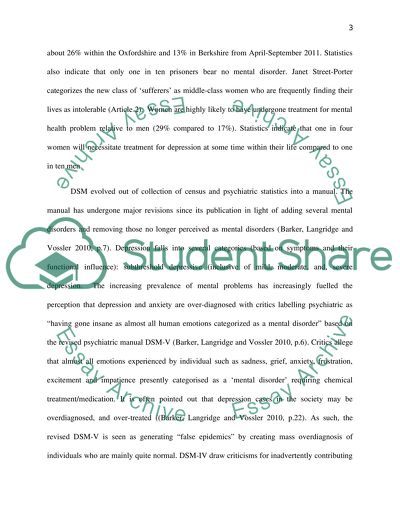Cite this document
(“Counselling: Exploring Fear and Sadness Essay Example | Topics and Well Written Essays - 1500 words”, n.d.)
Retrieved from https://studentshare.org/psychology/1478105-counselling-exploring-fear-and-sadness
Retrieved from https://studentshare.org/psychology/1478105-counselling-exploring-fear-and-sadness
(Counselling: Exploring Fear and Sadness Essay Example | Topics and Well Written Essays - 1500 Words)
https://studentshare.org/psychology/1478105-counselling-exploring-fear-and-sadness.
https://studentshare.org/psychology/1478105-counselling-exploring-fear-and-sadness.
“Counselling: Exploring Fear and Sadness Essay Example | Topics and Well Written Essays - 1500 Words”, n.d. https://studentshare.org/psychology/1478105-counselling-exploring-fear-and-sadness.


